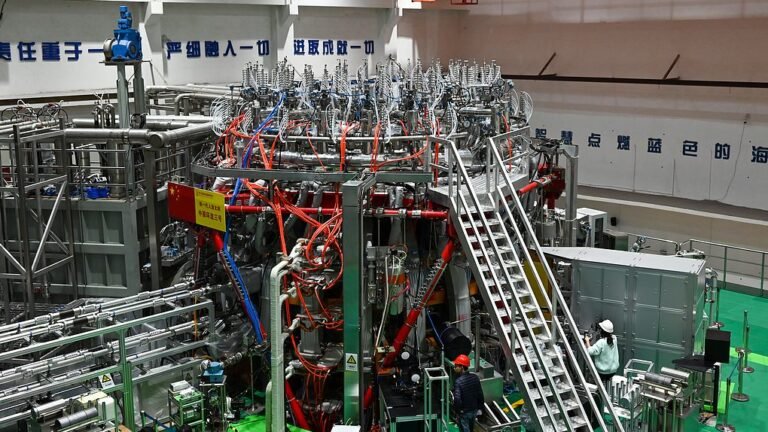In the tech world, the debate of HarmonyOS vs Android has gained momentum. Both operating systems have unique features and use cases. Let’s explore how HarmonyOS, developed by Huawei, stacks up against Android.
Introduction to HarmonyOS vs Android
HarmonyOS, also known as HongmengOS in China, was unveiled by Huawei with the intent to provide a distributed operating system tailored for a wide array of devices. It aims to offer a seamless user experience across diverse platforms, from smartphones to IoT devices. Android, on the other hand, is developed by Google and is the world’s most widely used mobile operating system.
Key Features of HarmonyOS
- Distributed Architecture: HarmonyOS leverages a distributed model, allowing resource sharing among devices. Imagine using a smartphone to access a nearby tablet’s camera—a feature central to HarmonyOS’s vision.
- Microkernel Design: This design choice enhances security and efficiency by delegating only essential functions to the microkernel. Other services run in the user space, minimizing system vulnerabilities.
- Cross-Device Compatibility: HarmonyOS excels in integrating various devices, from small IoT gadgets to expansive smart TVs, promoting a truly interconnected ecosystem.
- Adaptive UX: Its user interface adapts fluidly to different screens, providing consistency across all devices.
- App Ecosystem: While it supports Android apps via the Android Open Source Project (AOSP), HarmonyOS also encourages the development of native apps, facilitating smoother transitions for users and developers.
Also: The Pros and Cons of Owning a Chromebook: A Comprehensive Guide
Comparing HarmonyOS to Android
When determining whether HarmonyOS is better than Android, consider the context and specific use cases:
Ecosystem Integration
HarmonyOS is crafted for tight cross-device integration, offering a coherent experience for Huawei device users. Android, in contrast, supports various manufacturers, leading to fragmentation but widespread adoption.
Security
HarmonyOS’s microkernel approach potentially reduces security risks by minimizing the attack surface. However, both platforms’ real-world security is often determined by their updates and implementations.
App Availability
With millions of apps, Android’s ecosystem is significantly larger, courtesy of the Google Play Store. HarmonyOS, although compatible with Android apps, may not deliver the same user experience as its natively optimized applications.
Customization
Android’s hallmark is its customization flexibility. HarmonyOS, while adaptable, offers less freedom due to Huawei’s stricter controls.
Global Reach
Android dominates the global market with support from numerous manufacturers. HarmonyOS primarily caters to Huawei devices, limiting its present worldwide reach.
For an in-depth understanding, explore HarmonyOS vs Android.
Conclusion
In conclusion, the decision between HarmonyOS vs Android depends significantly on personal preferences and device ecosystems. HarmonyOS shines with its seamless integration and security focus, offering a fresh experience for Huawei users. Meanwhile, Android’s extensive app ecosystem and high customization make it a versatile choice for a broader audience. Each has its strengths, making the choice subjective based on specific needs and contexts.
Also: 5 Essential Productivity Skills to Learn in 2025 to Supercharge Your Work Flow







